Don't wanna be here? Send us removal request.
Photo

Edgar P. Jacobs (1907-1983 Blake et Mortimer, la marque jaune / Planche 42 - journal Tintin n° 20- 19 mai 1954 / Lot sold 147,000 € [***]
52 notes
·
View notes
Text
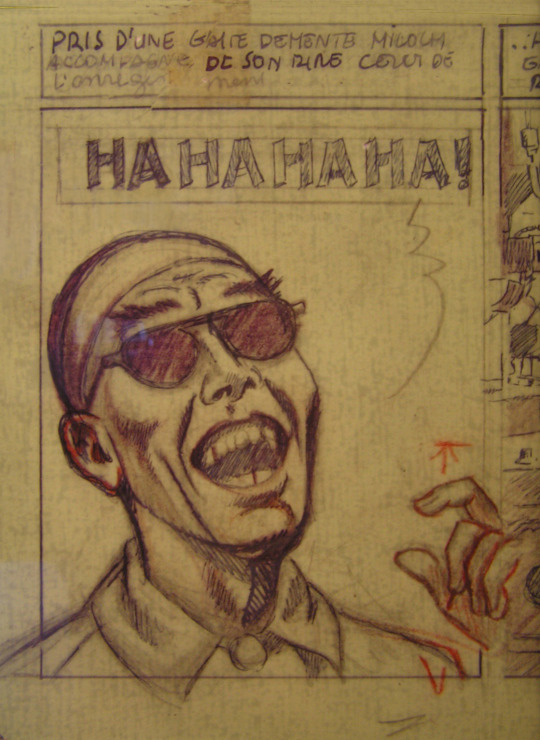
Edgar Pierre Jacobs - preliminary sketch for Blake and Mortimer, Professor Sato's Three Formulae (Les 3 formules du professeur Sato).
40 notes
·
View notes
Text


The Dymaxion car was designed by American inventor Buckminster Fuller during the Great Depression and featured prominently at Chicago's 1933/1934 World's Fair. Fuller built three experimental prototypes with naval architect Starling Burgess – using donated money as well as a family inheritance – to explore not an automobile per se, but the 'ground-taxiing phase' of a vehicle that might one day be designed to fly, land and drive – an "Omni-Medium Transport". Fuller associated the word Dymaxion with much of his work, a portmanteau of the words dynamic, maximum, and tension, to summarize his goal to do more with less.
youtube


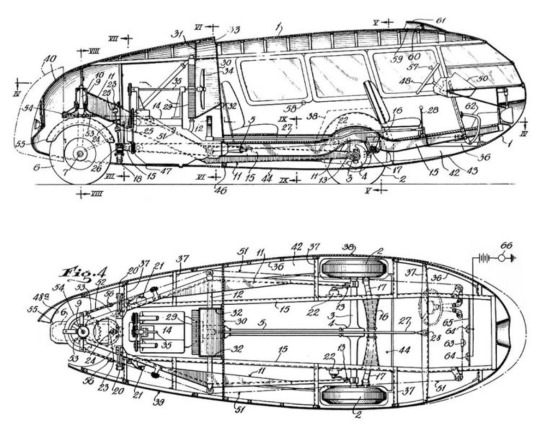
12 notes
·
View notes
Photo
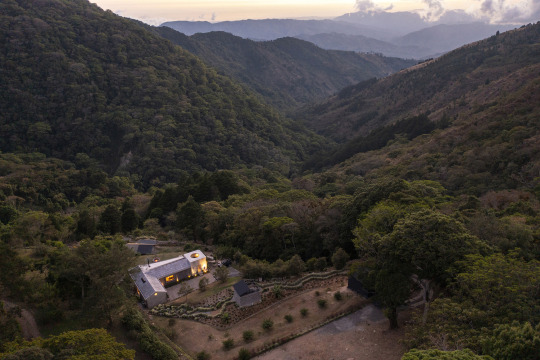
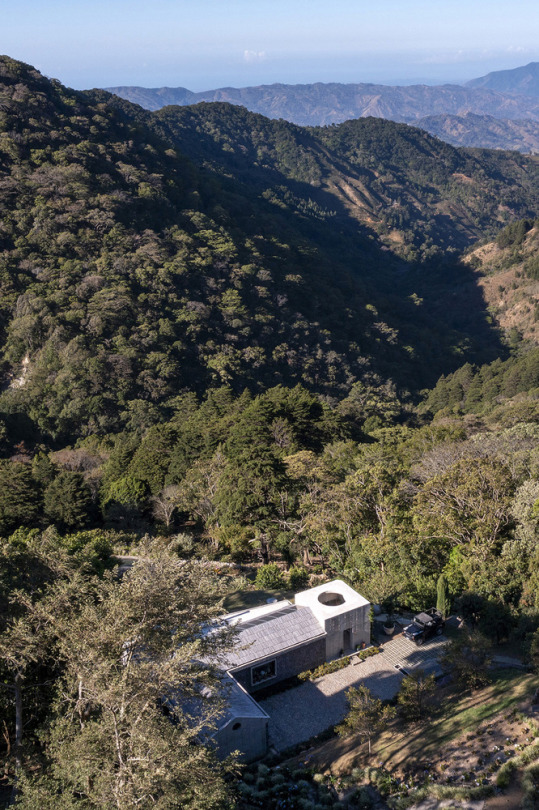
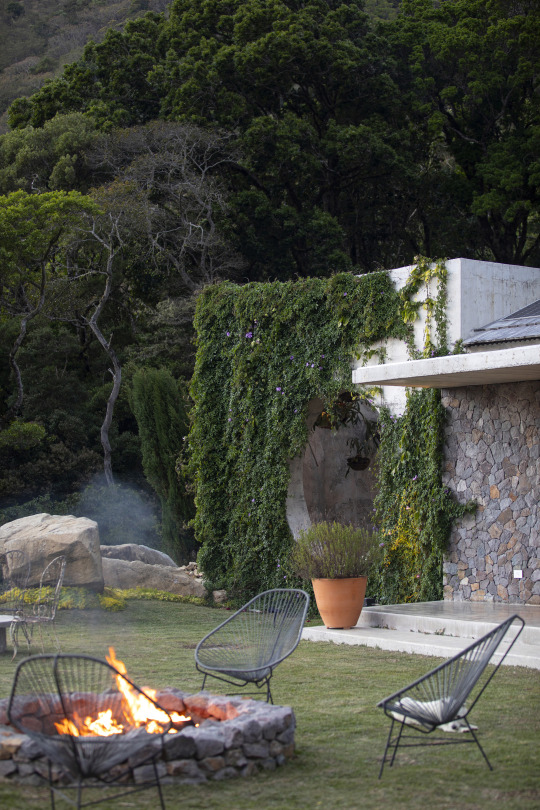
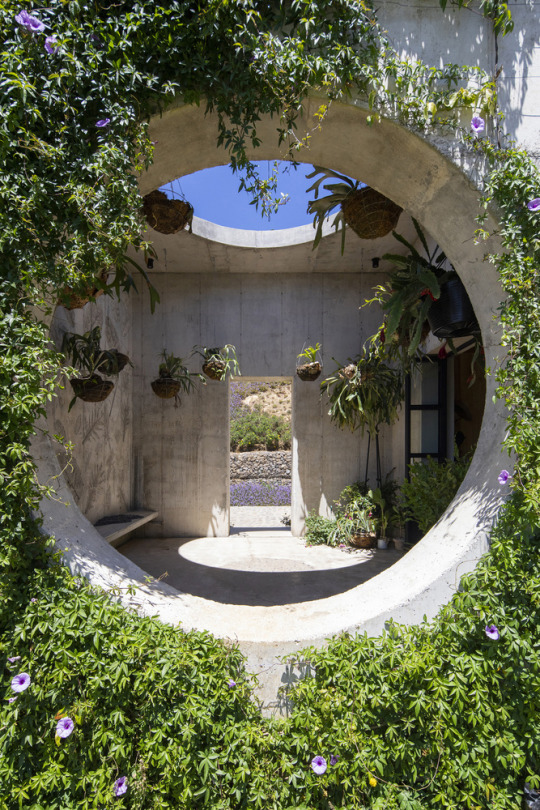

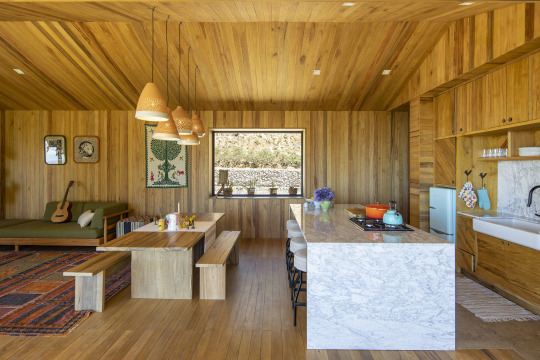
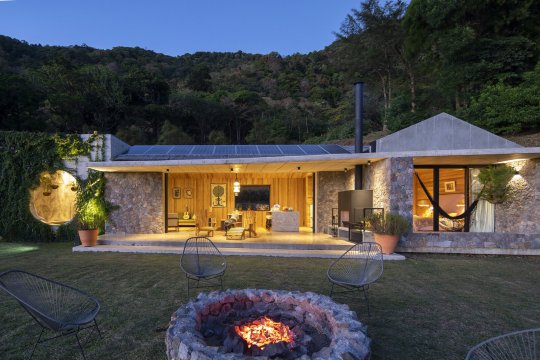
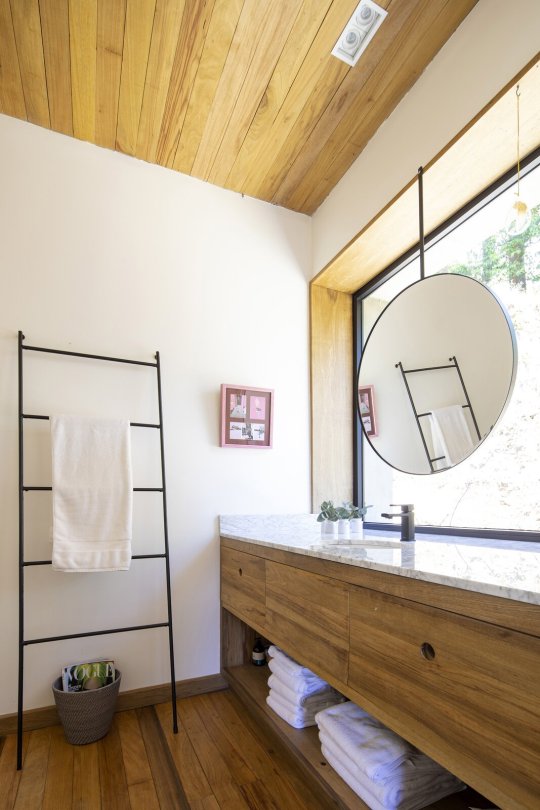


Casa Salvaje, Palmichal, Acosta canton, San José province, Costa Rica,
Mazpazz Arquitectura
1K notes
·
View notes
Text
The Art of Sainer
Born in 1988 in Lodz, Poland.
Graduated from the The Strzemiński Academy of Fine Arts in 2012.
Painter, muralist, graphic designer, draftsman, illustrator.
Together with Bezt (Mateusz Gapski) the founder and member of Etam Cru duo.
Currently lives and works in Gdynia, Poland.
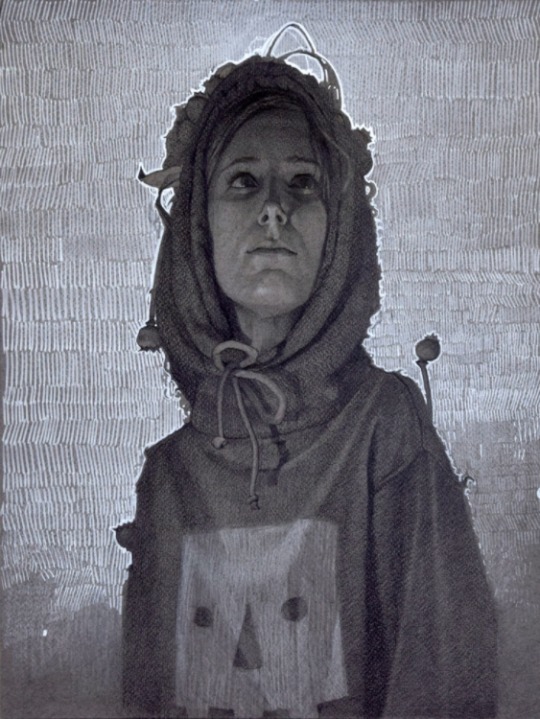

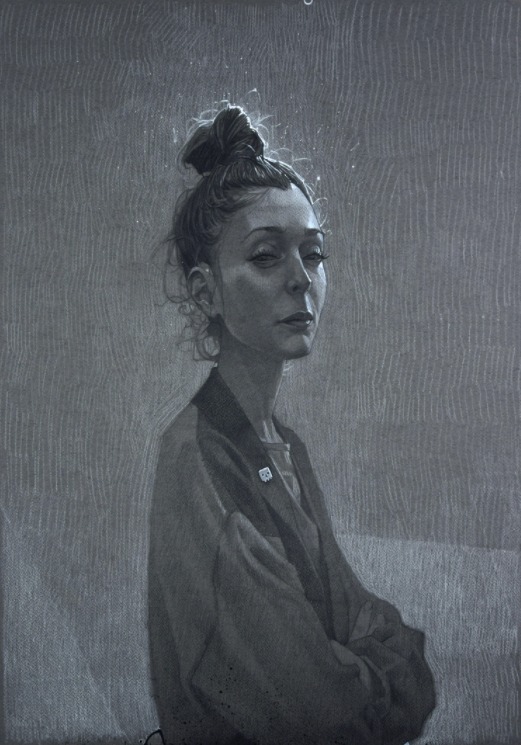

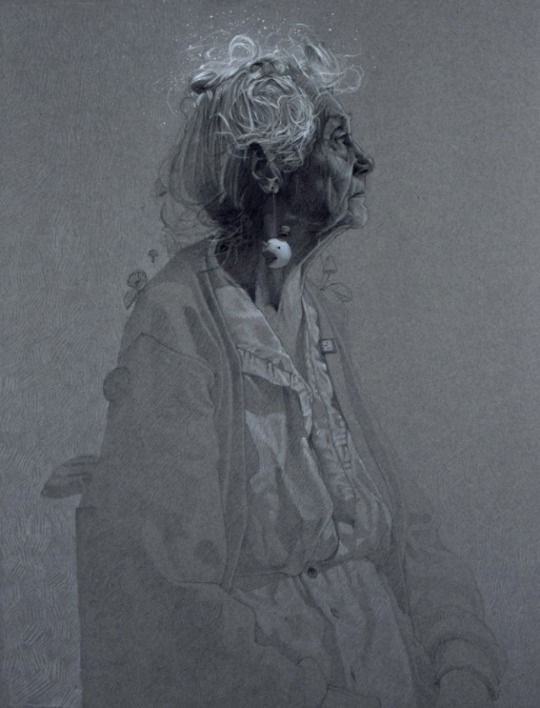
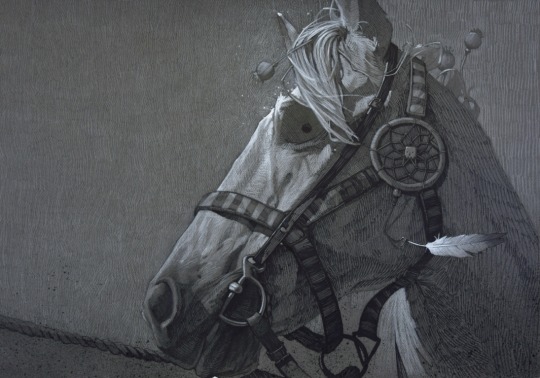


.
This post is published by scann R
29-08-2021
4 notes
·
View notes
Text


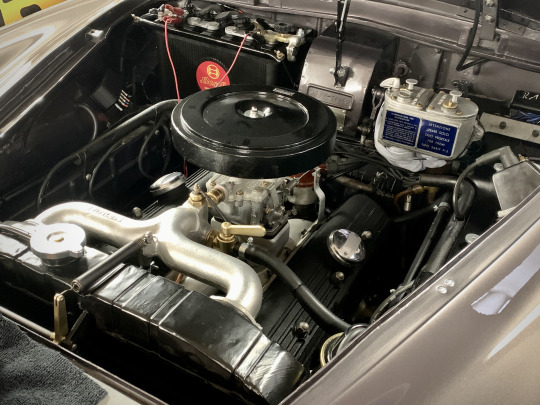

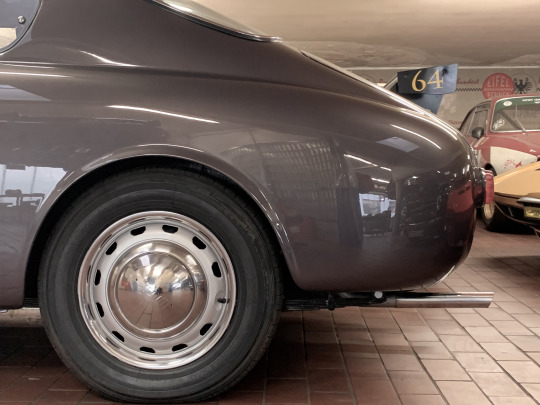

The art of moving forward: 1959 Lancia Aurelia GT B20 Series 6
116 notes
·
View notes
Text
The wonderful photographs of
Steve McCurry
Click here for High-Res images

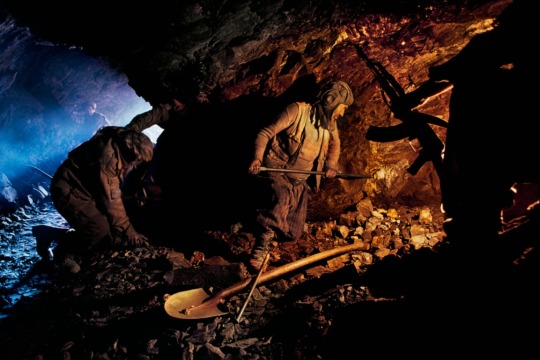
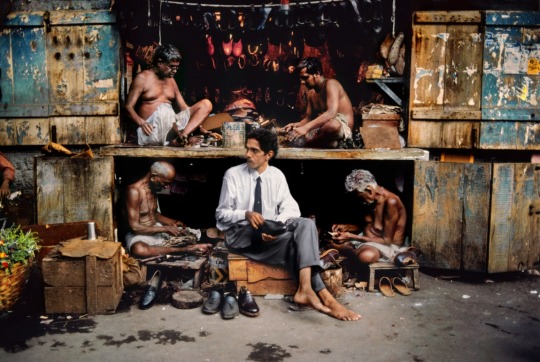

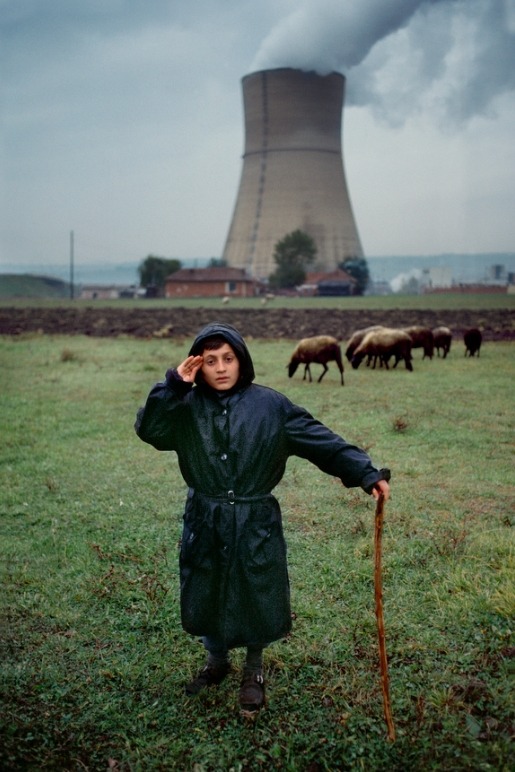
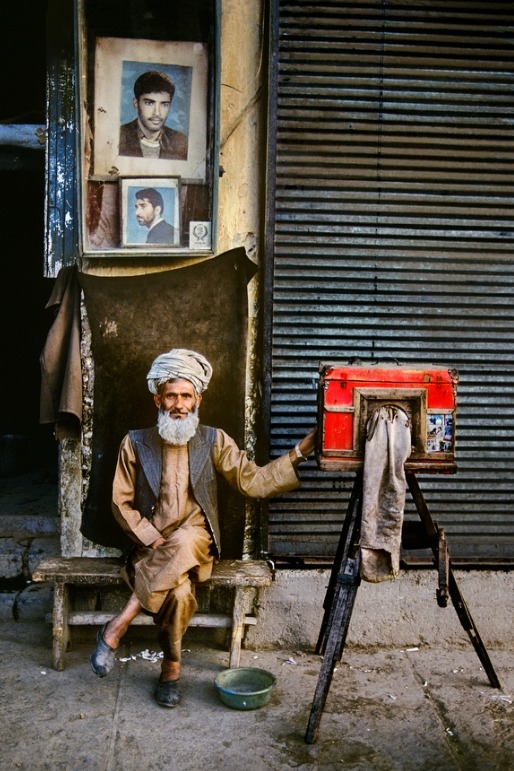


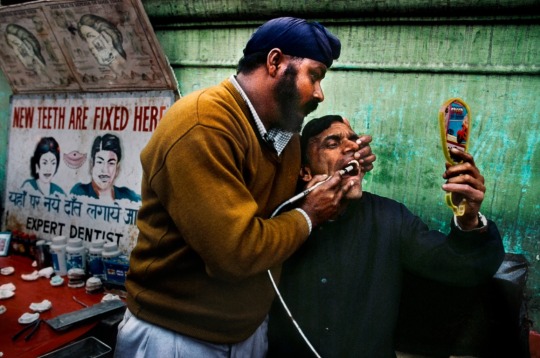

"Whether it is a nun scrubbing dishes in Croatia,men fishing from poles in Sri Lanka, miners digging beneath the earth in Afghanistan,or Dalits cleaning the streets of India, work is universal but also very personal. Many find their identity in the work they do. Some find satisfaction in their work.For others, the line between work and play is hard to find."
Steve McCurry
.
This post is published by scann R
29-08-2021
0 notes
Text
The Art of Brian Sanders
Five Decades of Illustration




Educated at St Olave’s Grammar School, which then stood at the foot of London’s Tower Bridge, Brian spent much of his final year life drawing and painting at the Sir John Cass College of Art, less than a mile away on the other side of the river. He was offered a place at the Slade School of Art, but because of family circumstances he went to work in an advertising agency.

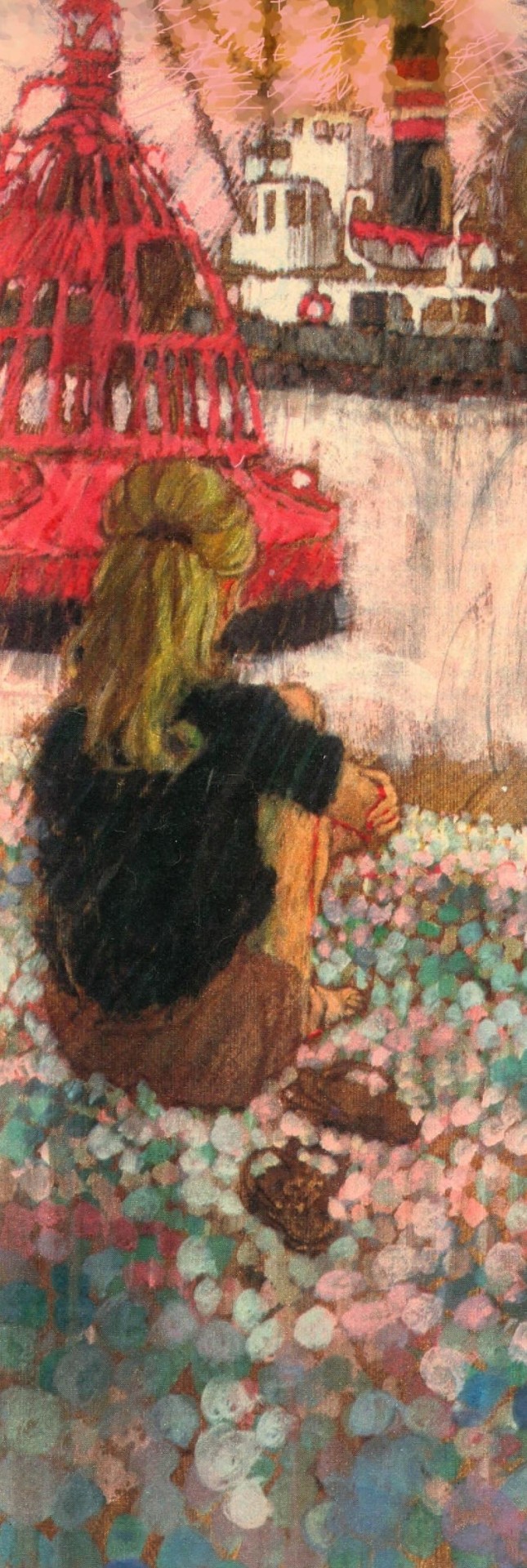
Quickly learning that most of its artwork was commissioned from two London artists’ agents, he joined one of them as a ‘gofer’. Artist Partners exposed him to sixty world-class artists and photographers and their work. He owes much to the help that many of them gave him.
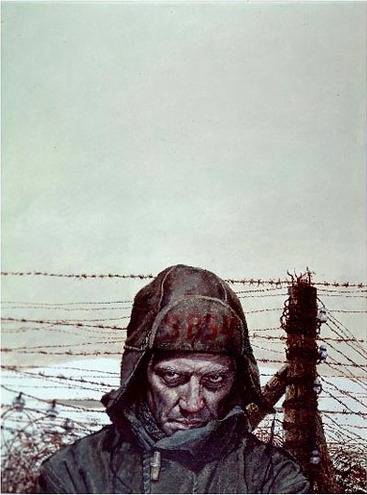
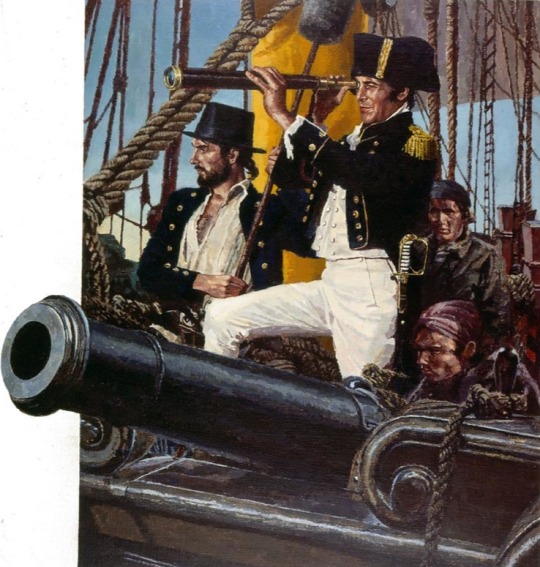
His career was interrupted by National Service with the Royal Marines, mostly spent on active service with 45 Commando in areas of North Africa and the Mediterranean. During his final year he was recruited into the Intelligence Section because of his drawing skills. After National Service he worked with photographer Adrian Flowers, to whom he is very grateful for the assistance given in helping him towards his freelance career. Brian would draw most evenings after work, and a year later he selected his best twelve pieces for a portfolio, and went freelance. Adrian provided him with a studio within his own studio in Chelsea, as a quid pro quo for background painting and visualizing.
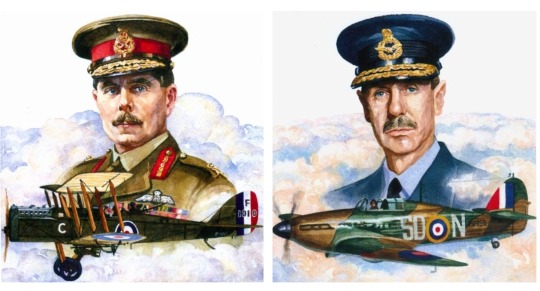
At first Brian represented himself, gaining work from Lilliput Magazine, which he jokingly asserts he helped to close. Miles Huddlestone at Heinemann came to his rescue supplying him with numerous book jacket commissions at seventeen guineas (£17.70) a time; so keeping the wolf from the door. Brian wishes he had kept a copy of his first jacket for the hardback edition of Ossian’s Ride by Fred Hoyle, who later became Astronomer Royal. In 1959 Artist Partners took him onto their books and put him on the road to success
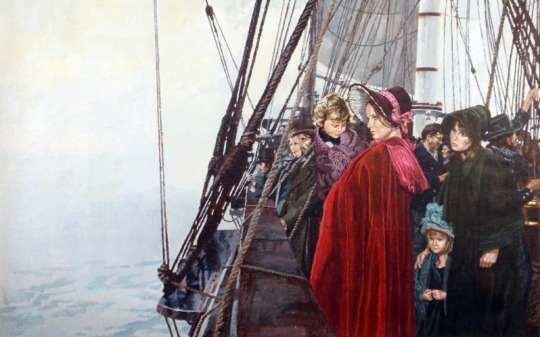
His most recently published book is: Evacuee: A Wartime Childhood, the first in a biographic trilogy. It quotes him as saying;
“I always wanted to be an artist and I’m still trying”.
Very much more of his work can be seen here:
This post is published by scann R 28-08-2021
4 notes
·
View notes
Text
The Ones That Got Away
The War Paintings of Pino De Lorca
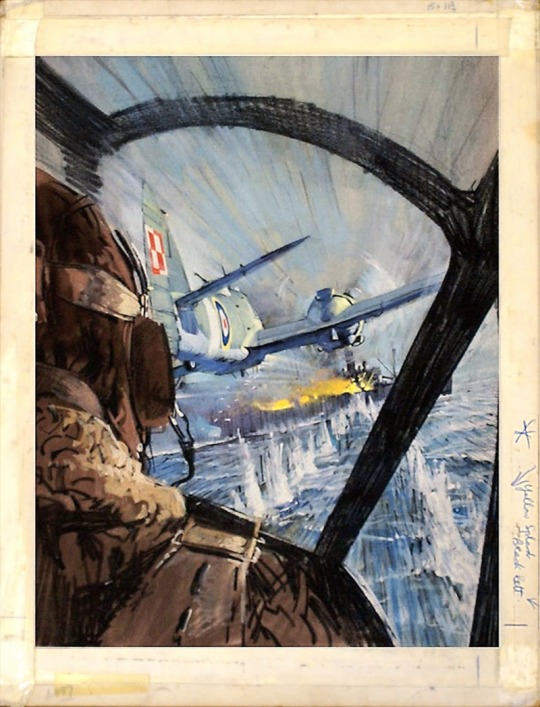
Here are some samples of Pino De Lorca, whose at times semi abstract approach to his subject matter injected an avant guard dynamic into his cover artworks. The majority of which were commissioned for Air Ace Picture Library throughout the 1960's.

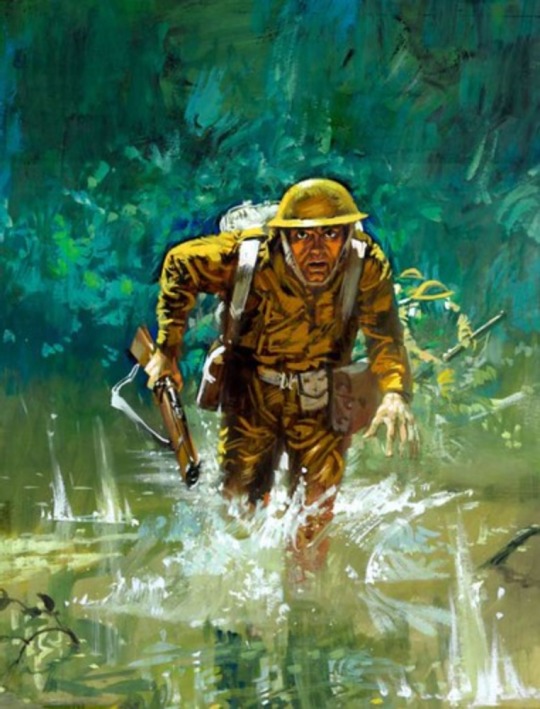
Pino Dell'Orco was an aeroplane-obsessed schoolboy who grew up in Rome reading the comics of the legendary German/Italian artist Curt Caesar.
Dell'Orco was something of a prodigy and as a teenager he became an apprentice to Enrico DeSeta before joining the Favalli studios to paint movie posters. Dell’Orco had absorbed DeSeta's style so completely that he could (and indeed did) paint entire posters in his style, which DeSeta would then sign! In the late 1950s Favalli died and the studio broke up with most of the artists relocating to Milan to join the D’Ami studio.

Dell’Orco, on the other hand, moved to London where he joined the Bryan Colmer agency. After a few years painting paperback covers Colmer approached Dell’Orco about the possibility of creating war covers for Fleetway and he jumped at the chance, going on to paint over 300 of them throughout the 60’s. As it turns, some of his fellow cover artists were his old colleagues at the Favalli studio -- Allessandro Biffignandi and Nino Caroselli, now based in Milan, though bizarrely the fact that they ended up working on the same comics was pure coincidence .
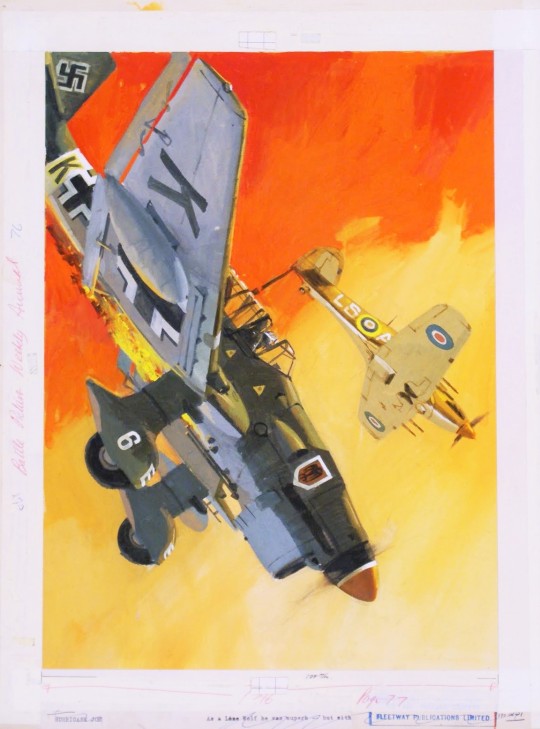
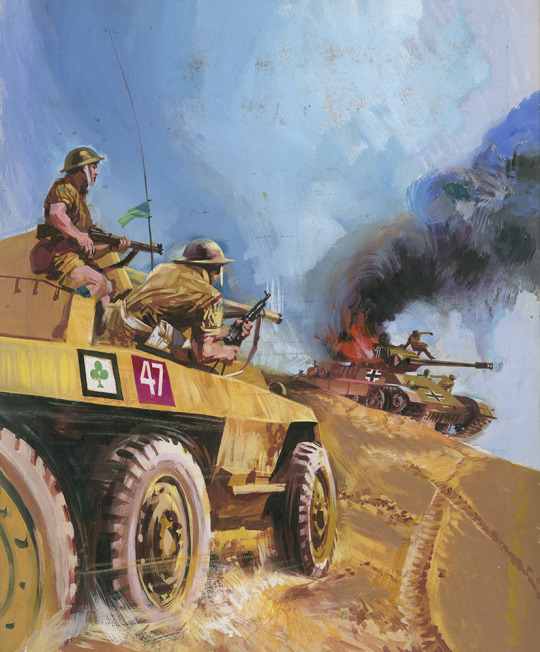
Pino Dell'Orco's paintings were invariably masterpieces of design and this is particularly true of his many covers for Air Ace. Working on artboard roughly the size of a U.S. original comic book page he had a far more minimalist approach than DeGaspari. His paintings often employed quite thin blocks, even using the bare surface of the board as a background colour and employing quick flicks of the brush, charcoal or pencil for details.
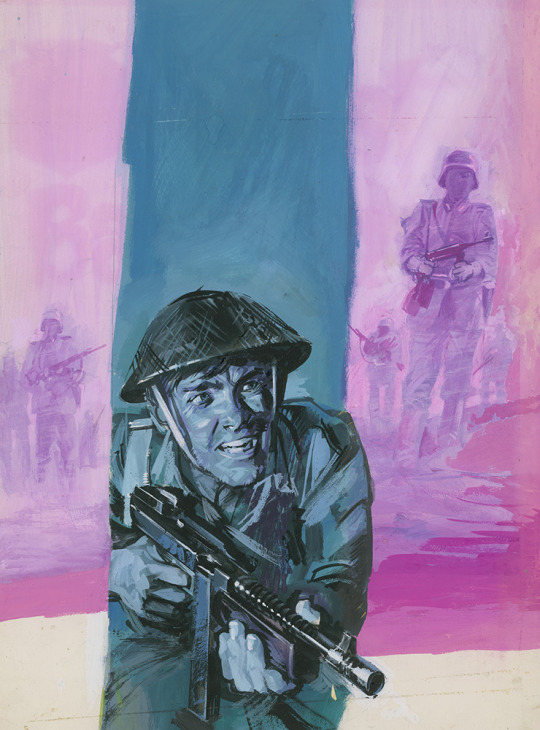

They have a dynamic immediacy that flies off the page - but even more than that - it is their composition that really makes them stand out. Dell'Orco's covers are all about overlapping shapes, negative space, clashing colours, extreme perspective and vertiginous angles. The cover to Air Ace #156 is a terrific example of his extremely angled aeroplanes criss – crossing each other – indeed, they are almost abstract cover designs, beautifully complemented in this case by the classic early 60’ lettering.
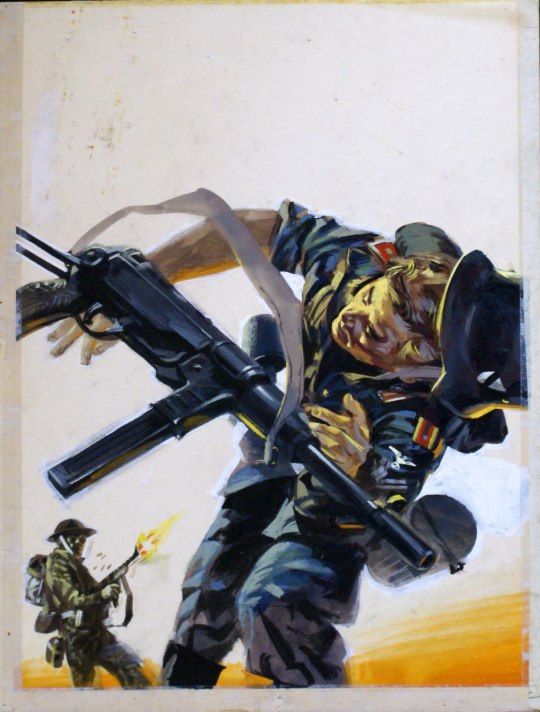
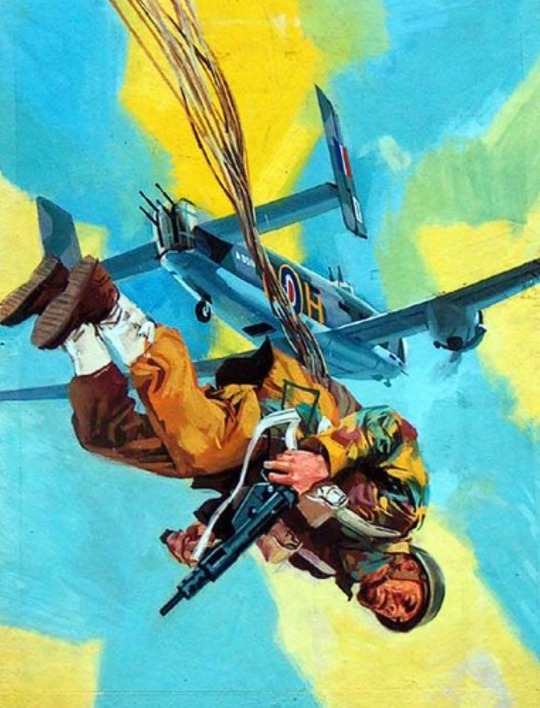
Source: David Roach in Today's Inspiration
6 notes
·
View notes
Photo

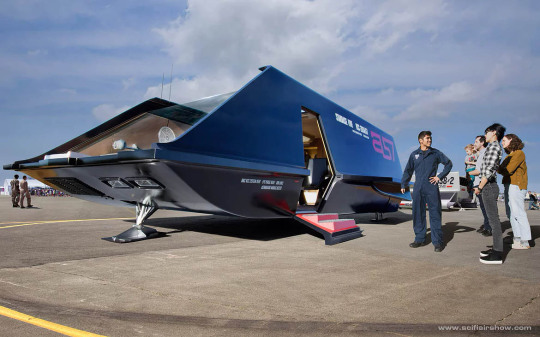
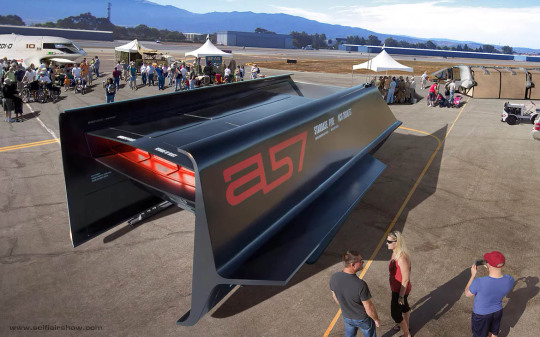
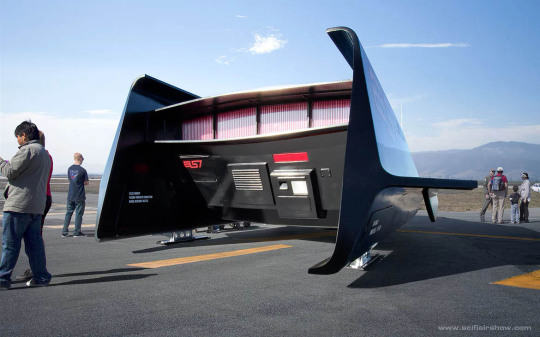
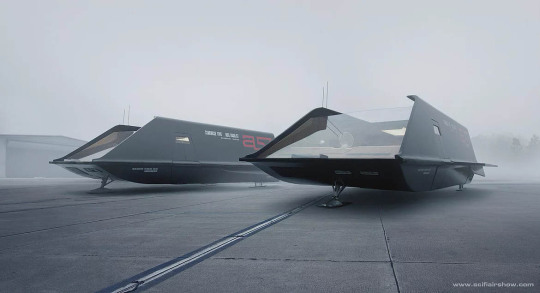
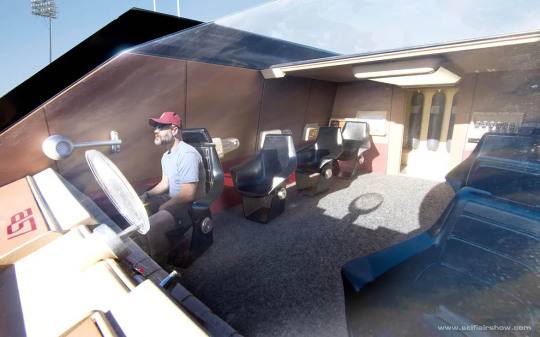

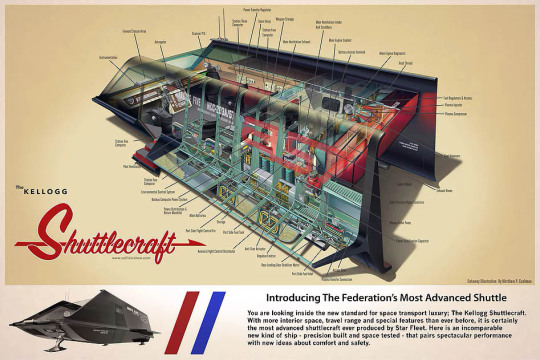
In 1966 when the producers of the original series of Star Trek needed a design for a new ship, the Shuttlecraft, they turned to the acclaimed design firm of Raymond Loewy Associates. Art director Matt Jefferies had done several designs of the craft that were deemed too expensive or difficult to build and these were turned over to the firm with the instructions to design a ship that would be easier to construct.
Thomas Kellogg was given the job of coming up with the design. Kellogg had worked on the Studebaker Avanti so, not surprisingly, the Kellogg shuttlecraft’s design does have some similarities to the classic car. Kellogg designed a glossy black shuttlecraft that was boxy but with graceful lines. It had a giant glass front end, glowing red engines and dual antennas.
The shuttlecraft that ended up in the series retains the main body of Kellogg’s design, but there where some changes that were required before construction could begin. The large glass window in the front was replaced with much more practical, and closeable, smaller windows. The color was changed to a neutral gray and two warp pods were added to the ship to better match the look of the U.S.S. Enterprise.
378 notes
·
View notes
Text

‘Oblivion’ Movie Design
The dragonfly shaped Bubble Ship from the movie 'Oblivion'. Concept design by Daniel Simon.

Drone from Oblivion
The designer of the bubbleship, Daniel Simon has been known in industry for designing futuristic vehicles, hence he has designed the bubbleship and the drones.

youtube
4 notes
·
View notes

































